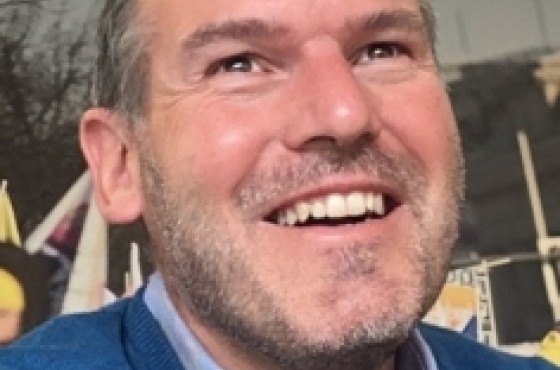Strategy Setting in a Disrupted World

By Colm Ó Cuanacháin
13 Feb 2020
There is a lot of talk about strategic planning these days across the development sector in Ireland, with several organisations engaged in strategy setting. I have been involved in strategy and strategic thinking with many organisations so I thought it would be useful to put some ideas together based on my experience, for those who are now managing or contributing to these importance processes.
Many of you will have been involved in the development of ‘A Better World’, Ireland’s international development policy. The context, priorities, interventions and approaches set out there are, to some degree at least, a synthesis of the strategic thinking across Ireland’s development community and Dóchas members. I mention that at the outset, as ‘A Better World’ can provide the wireframe for strategy across the sector.
It’s all about strategic thinking
Perhaps the single most important thing I have learnt over the years in management is that strategic thinking - deliberately encouraging people to look at problems and opportunities strategically - is vital. Organisations that are strategic, proactive, and relevant, are able to adapt and respond because of their people, not because of their plans. They enable and encourage people to think strategically as part of their everyday work, and see strategy as an ongoing way of approaching every project and every problem.
When strategy is seen as static, as a fixed plan, organisations can limit their ability to innovate. Certainly, organisations need to prioritise, and must agree what they will stop doing. One of the biggest strategic challenges faced in international development is the multiplicity of urgent demands on resources. Yet the solution to overload is rarely found in a strategic plan. Organisations can put a lot of effort into developing strategic plans, but that does not mean that they are doing strategic and relevant work.
Never lose sight of the mission.
Perhaps the biggest complaint received from staff during strategic planning processes is about the distraction from the real work. Planning can place additional demands on people’s time where many of the issues are seen as internal, rather that rooted directly in the mission on the ground with communities. The process itself can become an end, rather than a means.
It is important to have parameters where participants in the strategy discussions are encouraged to focus externally and on substance. Simple techniques can energise the thinking, like ensuring every session starts with a provocative presentation from a thematic or country team and bringing the stakeholders in to every discussion.
The best strategies can unfold when participants feel that the thinking and discussions are a core part of how they work. When staff and stakeholders own the strategic ideas agreed by the organisation, the plan is more likely to deliver the mission they want to see.
Timelines are increasingly unhelpful
The idea that we set strategic objectives that will be achieved within a specific timeframe, or have strategic plans with a defined beginning and end, is unrealistic. That is not to say that we shouldn’t have baseline data to mark a point of departure and indicators of success to provide direction, where a set end date is useful.
Much is being written about disruption and the impact it is having on all aspects of life. This is certainly true in our sector where those who are furthest behind are more likely to suffer negative consequences. Dóchas member organisations are grappling with disruptive forces on a number of levels. Climate change, automation, and rising ethno-nationalism, are just some of the geo-political forces impacting on the strategic landscape. These trends are evolving and fast moving, which is why they are disruptive. And the kicker is that there are more of them coming our way. Change is now a constant in any healthy organisation that is driving to stay relevant and effective.
Some organisations are moving to more dynamic strategy processes, and using techniques like prototyping where they are constantly reflecting and adapting. This test and flex model can be used as part of a rolling approach where strategy is regularly updated.
Strategy should be fun
I am saving the best for last. People will be more creative, more engaged, and more productive, when they are enjoying themselves. Joy isn’t usually associated with organisational design and direction setting work, but it should be. Exploring big ideas that will improve lives and livelihoods is an exciting endeavour, and it should be positive, heartening and fun.
A former member of the board of Dóchas, Colm has worked with Comhlámh, ActionAid and Amnesty International. Contact Colm at colmocuan@gmail.com @ColmOCuanachain